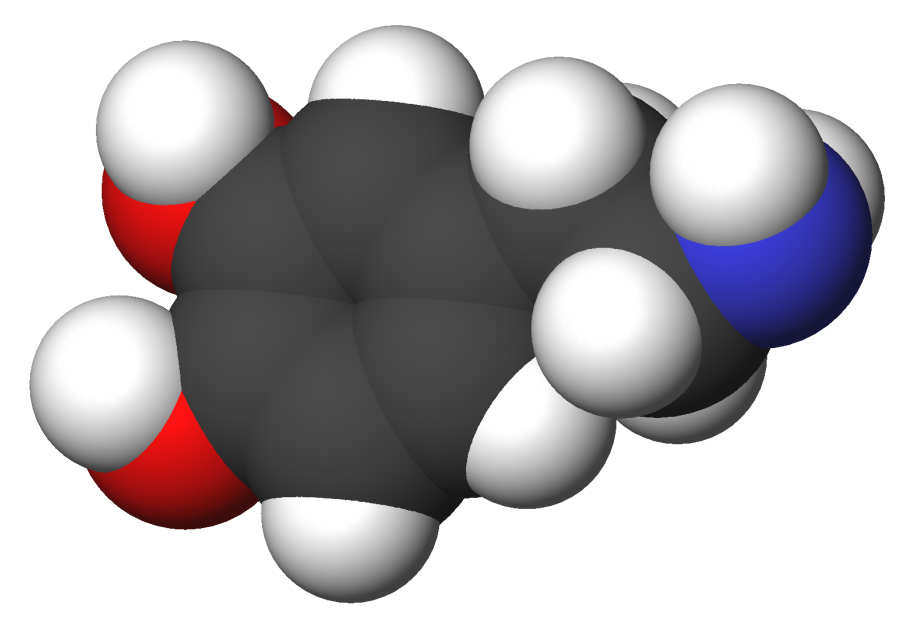Tardive Dyskinesia

Description
Tardive dyskinesia is a debilitating motor disorder manifest as hyperkinetic, involuntary, repetitive movements predominantly of the orofacial region. It is a complication of treatment with so-called typical antipsychotic or neuroleptic agents, such as chlorpromazine or haloperidol, and is estimated to occur in 20 to 30% of chronic schizophrenics on long-term treatment (Thelma et al., 2008).
Clinical FeaturesIn a review, Thelma et al. (2008) noted that age and African American ethnicity are both risk factors for the development of tardive dyskinesia.
InheritanceYassa and Ananth (1981) surveyed 500 inpatients receiving long-term neuroleptics and found 8 with first-degree relatives who were also on neuroleptics and suffering from a psychiatric disorder. All 8 proband-relative pairs were concordant for the presence or absence of tardive dyskinesia. All were sibs except for 1 mother-son pair; only 2 of the 8 pairs, both sib pairs, had tardive dyskinesia.
Among 222 patients with schizophrenia or schizoaffective disorder (181500), Muller et al. (2001) found that 39 had affected first-degree relatives. Twelve of 18 relative pairs were concordant for absence of tardive dyskinesia, 3 of 18 pairs were concordant for presence of tardive dyskinesia, and 3 of 18 pairs were discordant. The findings were statistically significant (p = 0.04) for a familial tendency. In contrast, there was no association between a family history of schizophrenia or schizoaffective disorder and development of tardive dyskinesia. Muller et al. (2001) concluded that family history of tardive dyskinesia may represent a risk factor for development of the disorder.
Molecular GeneticsThelma et al. (2008) provided a review of the genetic studies of tardive dyskinesia. Although none of the findings satisfied strict criteria for significant associations, genes implicated in drug metabolism (e.g., CYP2D6; 124030) and the dopaminergic pathway (e.g., DRD2; 126450) showed promising initial results.
Animal ModelRosengarten et al. (1994) observed that treatment of rats with neuroleptics induces spontaneous orofacial movements both during treatment and withdrawal, and can thus be considered a model of human tardive dyskinesia. They bred 2 divergent lines of Sprague-Dawley rats as either high or low responders to the neuroleptic SKF 38393 for the repetitive jaw motion (RJM) response. Divergence in response was noted by the second generation of selective breeding. Neurochemical studies suggested a postreceptor modification in dopamine D1 receptor neurotransmission. Whereas there was no change in receptor numbers, cyclic response stimulated by SKF 38393 was significantly elevated in the high RJM responder group.